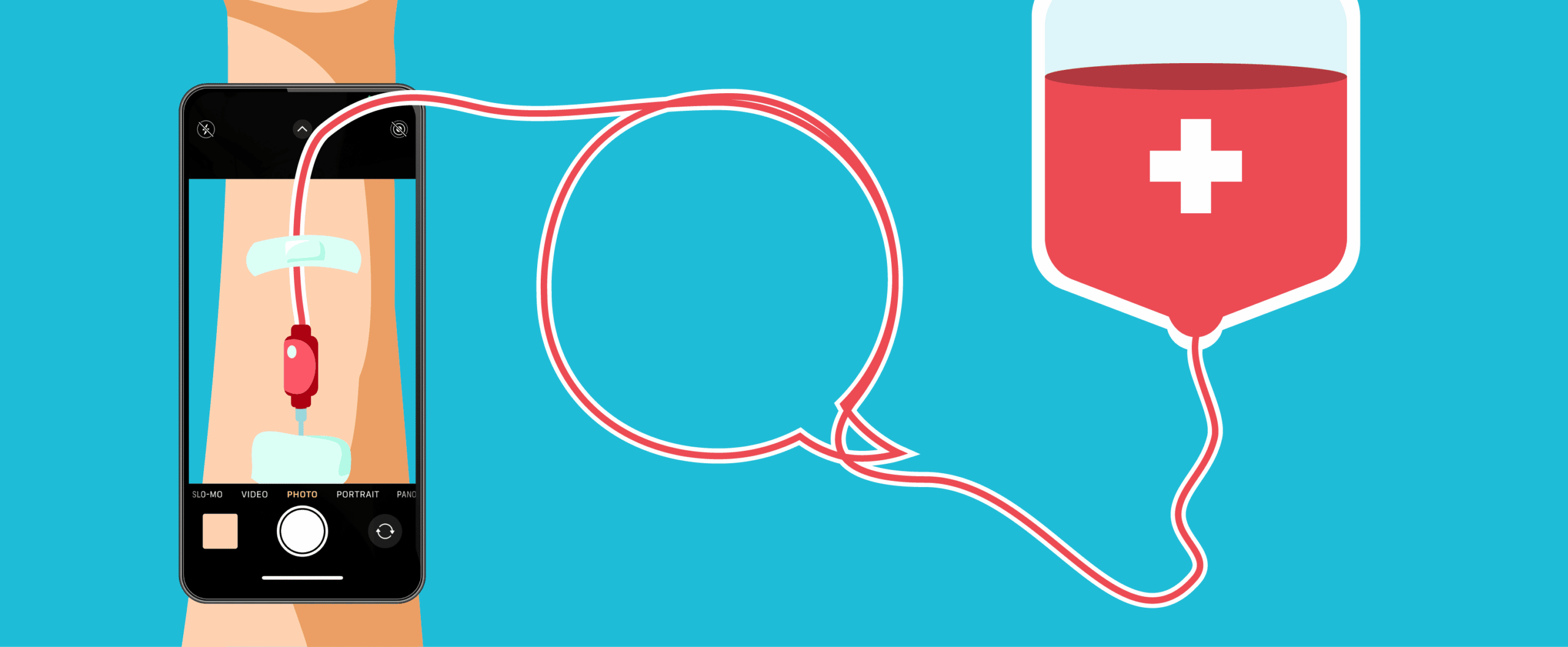
Oh, man! How men’s health is marketing’s latest conundrum
These days we hear about men’s health more and more often on the news and social media. Over the past two decades, this topic has gained popularity and with good reason.
- Higher rates of suicide
- Men take higher-risk jobs
- Avoiding healthcare maintenance or medical issues
Sadly, this applies to all men on a global scale.
One of the major recurring issues affecting men’s health is getting them to the doctor’s office in the first place. Men seemingly hate to go to the doctor, for various reasons, and it’s having a major impact on their health and lives.

of men
Small changes go a long way in getting men to care about their health and motivate actions. Here are a few tips to help address the men’s healthcare gap.
- Ease of access: Using telehealth or remote visits has improved the number of times that men meet with physicians. The ease of access and privacy improves how men perceive their visit and encourages learning and sharing.
- Leverage the family: Getting a partner involved in their healthcare can be crucial to improving a man’s healthcare visitations. About 80% of men in an American Academy of Family Physicians survey reported that their partner/significant other influences their decision to go to the doctor. In fact, women make 80% of family healthcare choices, according to the Kaiser Foundation.
- Target marketing: When marketing to men in the healthcare space, bring in things that men care about most, including sports, parenting, and home improvement. Show up where they are. Hosting a screening in a sports store or offering game tickets to first-time patients are a few ideas.
Straight shooter: aligning marketing campaigns to men’s communication preferences
Marketers in the health space target women with ease but struggle to get the attention of men. Why is that? Because men and women are different. The tone, messages, and emotional levers are different. Traditionally, marketing uses too many bells and whistles, unnecessary flare, or emotional threads to effectively target a man’s psyche or his wallet.
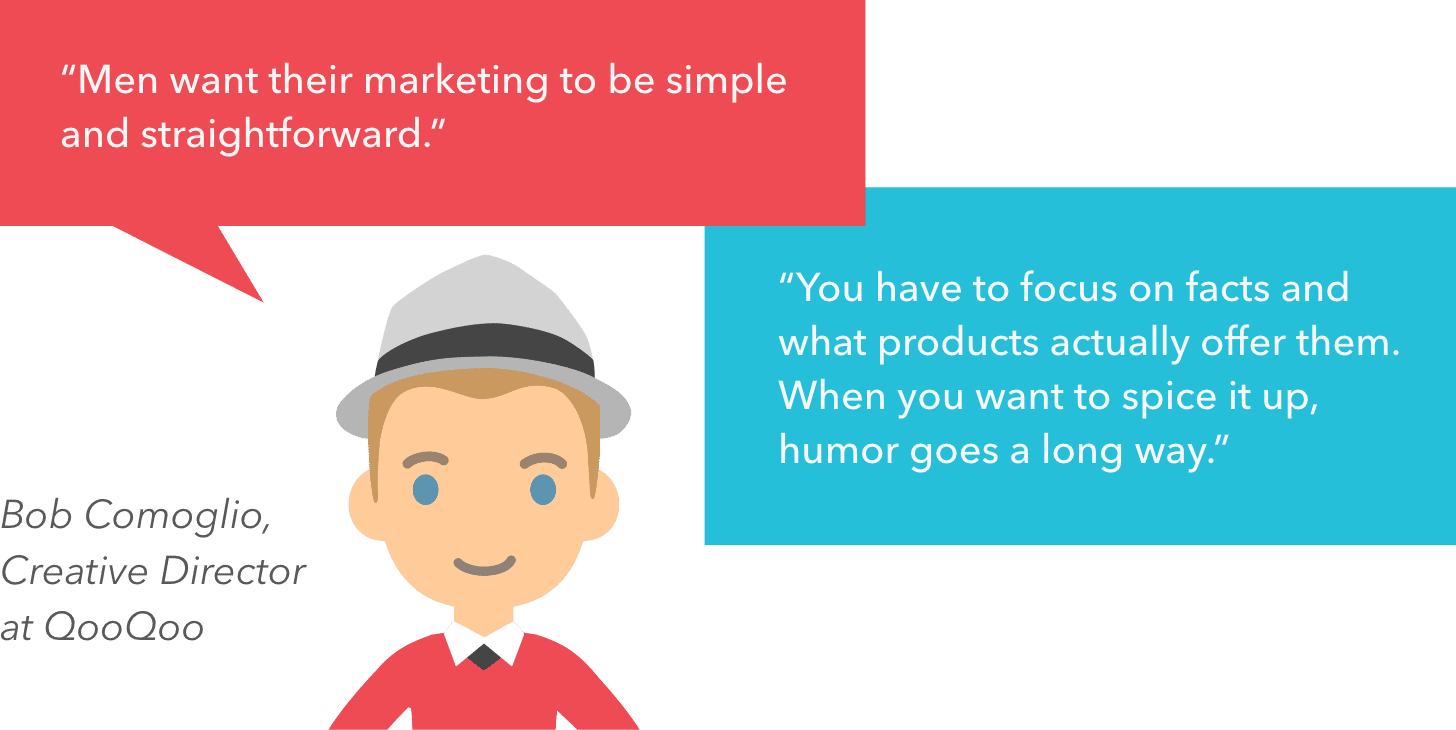
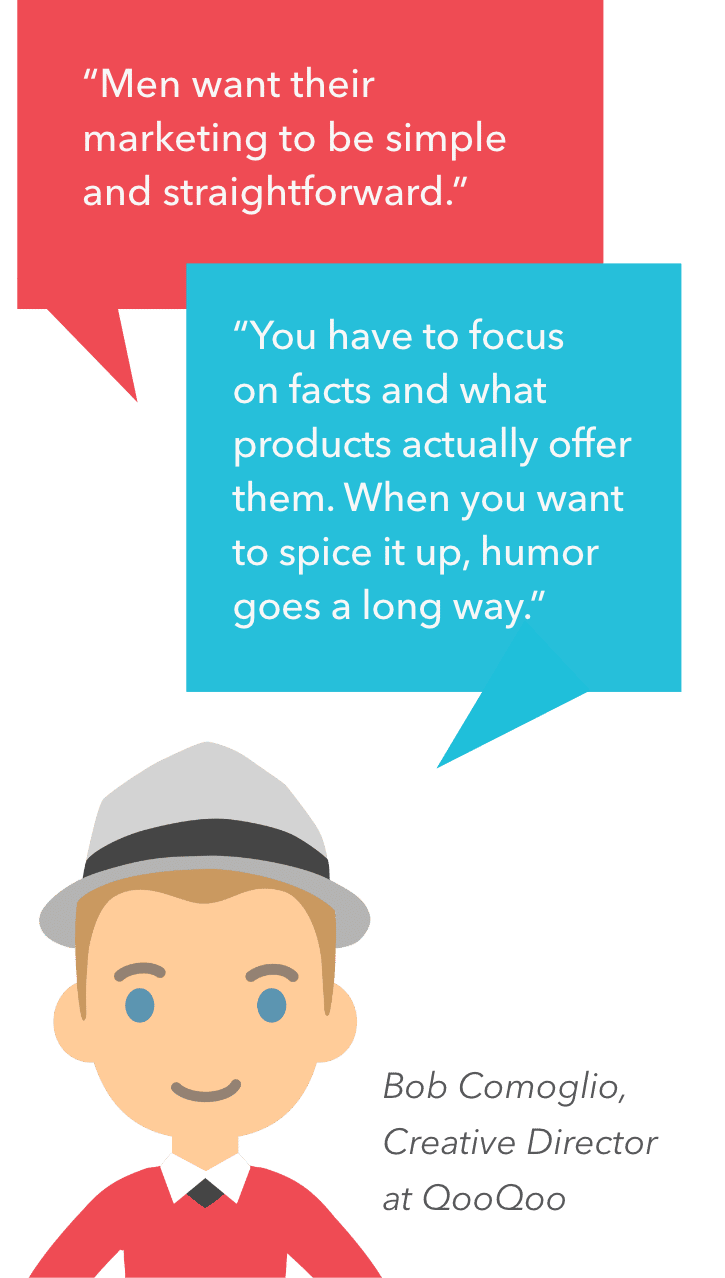
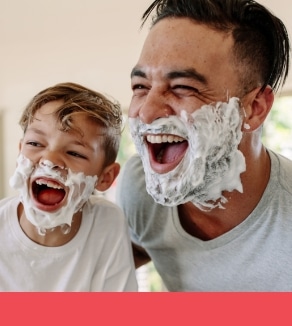
Dollar Shave Club
Between 2010 and 2013, competitors for Gillette finally entered the market of facial razors for men. With the near monopoly on razors of the past, men were overpaying and dreading buying new razors, and Dollar Shave Club knew it.
Dollar Shave Club hit the ground running in 2011 with viral videos that hit hard with their target market. The spots used humor and focused on 2 simple issues that men face; overpaying for razors and forgetting to buy them. By targeting the right channels from sporting events (even a Super Bowl ad) and social media channels, Dollar Shave Club changed the razor market for good.
Why it works: Laser focus, humor, male-centric ad placements

Hims
Erectile dysfunction is a common medical issue for men but acquiring a prescription can often be perceived as humiliating. Hims, an online men’s health retailer, understood that and presented an alternative that gained traction immediately.
Since men like the ease and privacy of connecting with a physician over the phone instead of in-person, Hims prescribes sexual, hair, skin, and mental health treatments through an online platform. They have been expanding their reach and empowering men to take their personal health into their own hands.
Why it works: Laser focus, humor, male-centric ad placements
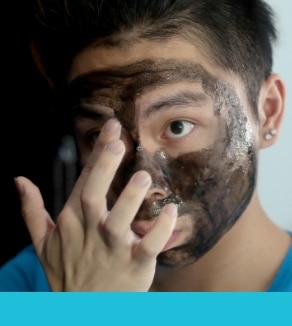
Lumin product design
Lumin discovered most men are clueless about skin care. This simple but true insight drove the skin care company to develop personalized facial remedies for men. To simplify regimens, Lumin bundled 3 products into functional sets. A free trial program allowed their skeptical audience to trial product, evaluate results, and gain trust.
Lumin marketing campaigns laid out the facts of skin care regimens with simple messaging. They relied heavily on social media influencers, digital marketing, and well-placed commercials.
Why it works: Actionable insight, digital marketing, simplicity
In the ever-changing world of men’s health, these companies experimented boldly with new tones and tactics, leading them to commercial success.
Real change for real men
Going forward as marketers, it’s time to institute real change. Let’s help men live healthier, live longer. Let’s talk to them in a way that they are willing to listen. Let’s get their attention and deliver them to their doctor’s door. Let’s use this momentum to market real solutions and change the way men treat their own health!
Play ball!
Interested in the men’s health market? QooQoo is an independent, full-service agency that can reach men how they want to be reached. Spark up a conversation with us! Contact us here.




